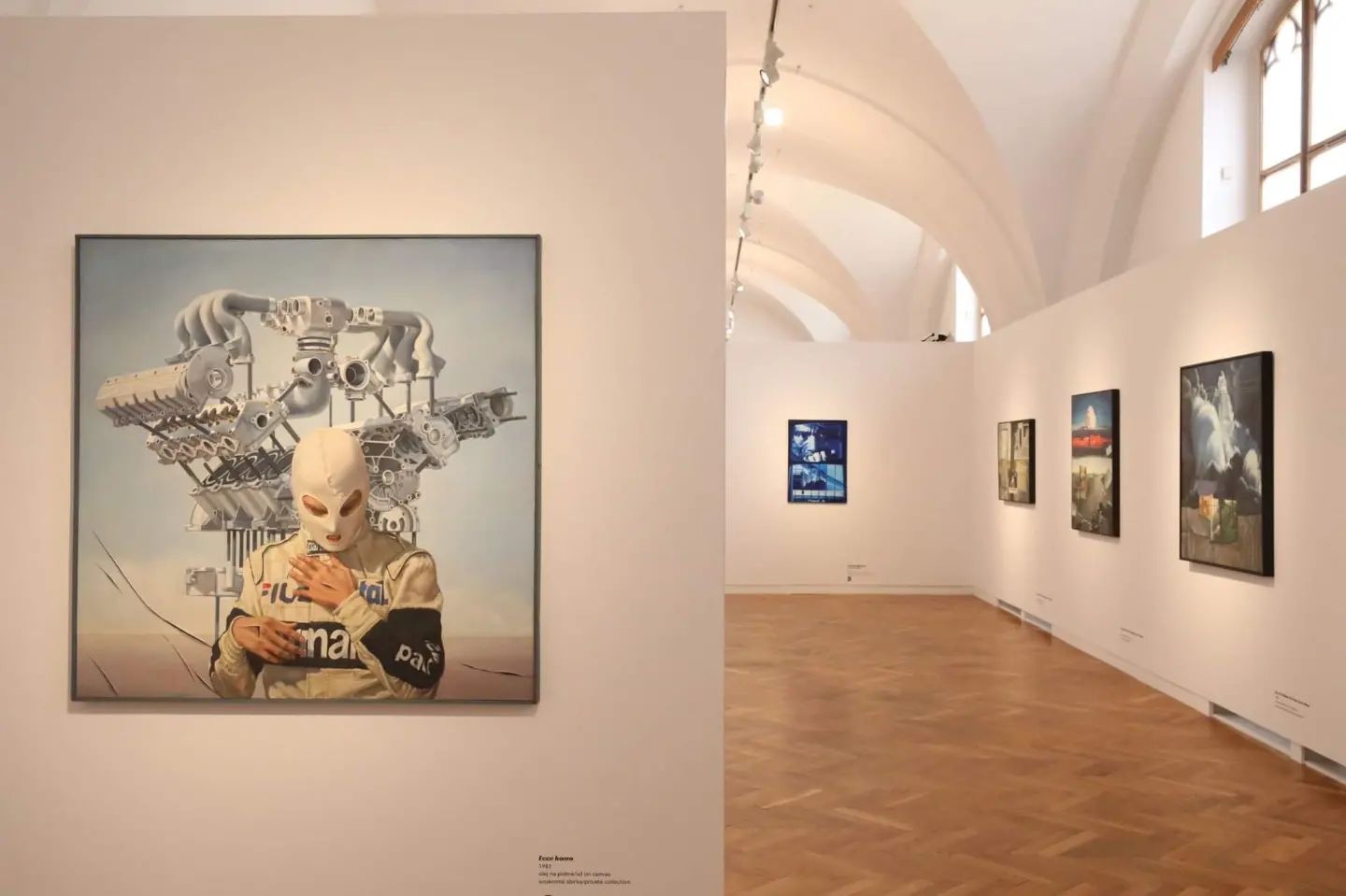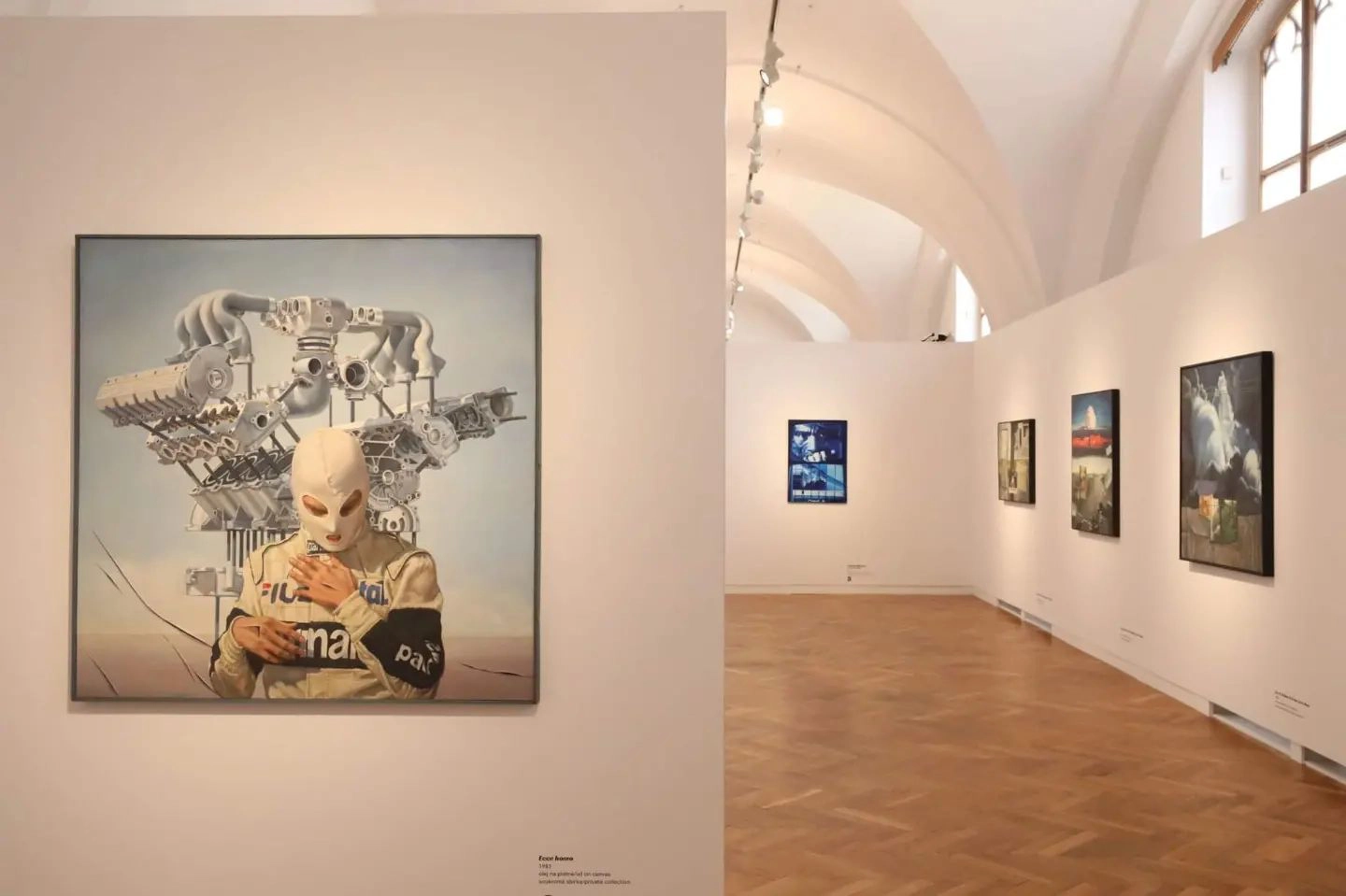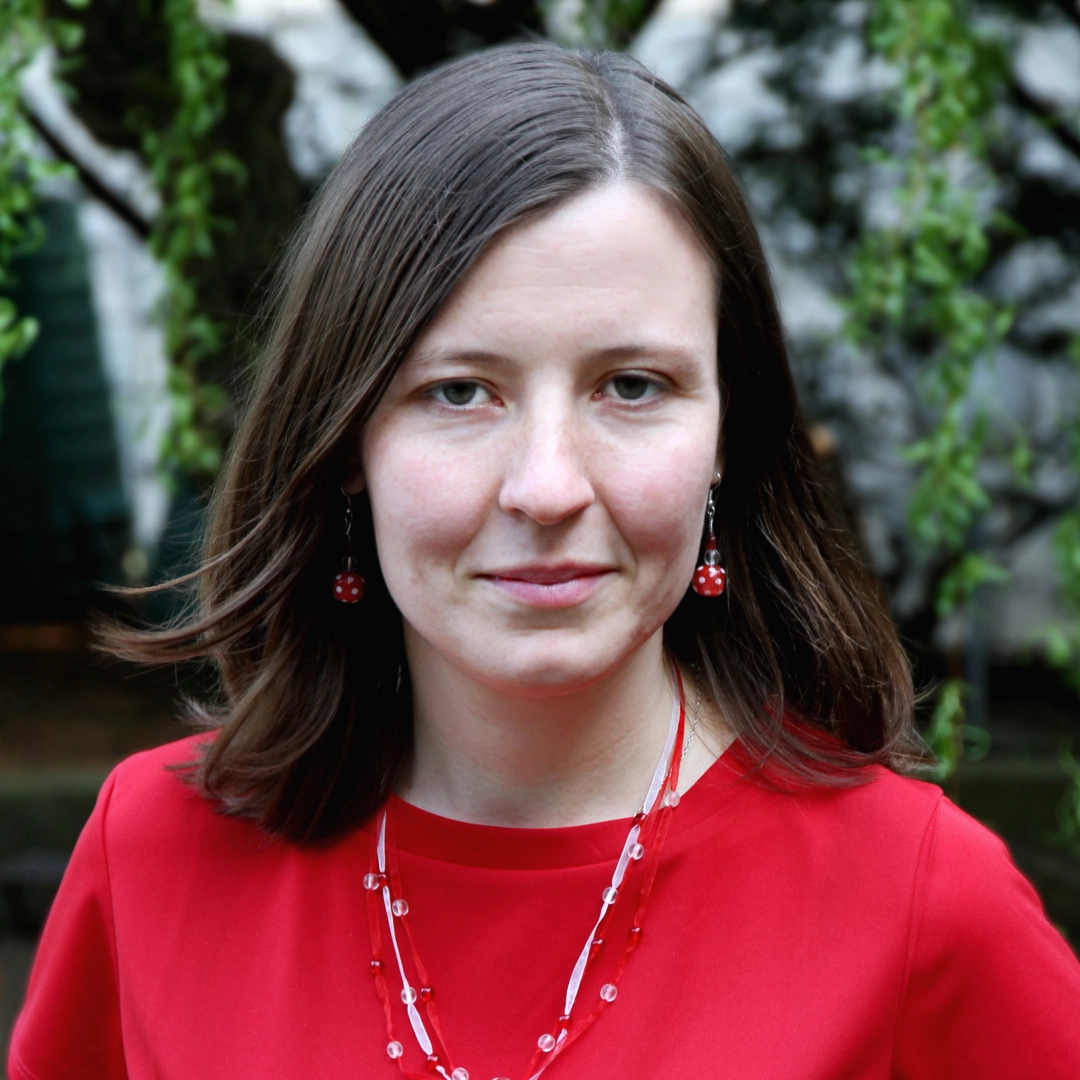Perfectly mastered hyperrealism and love for fast cars are brought together in Theodor Pištěk’s exhibition Sensational Realism which you can see in the Alš’s Gallery in the Castle Riding Hall in Hluboká until October 30, 2022. The exhibition represents the artist’s realistic work in the context of other foreign artists of a similar focus. Visitors can see some of Pištěk’s most popular paintings inspired by the world of moto-sport, such as the famous Ecce Homo painting, a tribute to Guy Moll or the variation to a biblical theme Josef N.
%20(1).jpg)
Pištěk’s relationship to fast cars was truly ardent – he himself was an active rally and circuit racer for years and he even made it to the Czech national team. Even though he had given up his professional career, until the mid 1970s he’d still get behind the wheels of racing cars and he hasn’t lost his passion even later. “Automobiles and technology as such is a crucial phenomenon of our age, it’s not depressing for me. I admire their impersonal beauty and often their sculptural qualities, too,” he said on the occasion of this 70th birthday.
Pištěk’s relationship to cars and motorcycles has been apparent in his work since the 1960s and the motor theme hasn’t left him ever since. The artist, who has gone through many different styles in his lifetime, began to create romantic assemblages from various engine components and other objects from the motoring environment.
.jpg)
Car motifs made their way to his hyper-realistic paintings from the 1970s and 80s as well. They were inspired by the car racing and formula environment, which he as an active racer intimately knew. He didn’t approach the sports car and racing theme purely descriptively, but rather his paintings examined it in a broader context.
In Pištěk’s paintings fast cars meet biblical motifs
Pištěk’s probably most famous motoring painting is Ecce Hommo from 1983, which is by the way the same period during which he was working on the costumes for Miloš Forman’s Oscar film Amadeus. This square painting has become the iconic piece of Pištěk’s previous retrospective exhibition in Hluboká in 1993 and thanks to its exceptionally accurate technique earned a place also in the current exhibition. Ecce Hommo portrays a car racer wearing protective fireproof mask, standing in front of a levitating engine block, whose arrangement resembles a cross. Together with the wounds on the backs of the racer’s hands he refers to the crucified Christ and introduces the racer as some kind of a modern martyr.
.jpg)
Pištěk connected automobiles and the biblical figure of Joseph of Nazareth, too. In the painting Joseph N. he’s portrayed as a modern carpenter sitting in a workshop by the rear side of a racing car, rolling a cigarette. Among other exhibited works with the automotive themes are e.g. Racek letící do snu (Seagul Flies into a Dream) or Na návštěve u Harrachů (Visiting the Harrachs).
Motor sports is also the theme of Pištěk’s most expensive painting dedicated to the car racer Guy Moll. A red sports car Alfa Romeo is the centerpiece of the painting which Pištěk worked on for fifteen years. In 2020, when his masterpiece was auctioned for more than 20 mil. Czech crowns (ca. 800 000 euros), it’s become the most expensive painting by a living Czech artist.
%2C_N%C3%A1rodn%C3%AD_galerie_v_Praze%20(1).jpg)
In addition to traditional paintings, the exhibition includes a large 3D composition Tichá krajina (Silent Land) which depicts a crashed open-wheel car embedded in a fence, which is actually a real part of the work. The precious Porsche 959 then stands in the middle of the exposition.
The exhibition represents Pištěk’s realism in an international context
Hluboká introduces Pištěk by the selection of his best known painting from his realistic period. That lasted mainly from early 1970s to the first half of the following decade, but painter would continuously revisit realism until recently. “Theodor Pištěk’s position on the Czech art scene is unprecedented and quite extraordinary and is based mostly on the painter’s specific realistic epoch which he was developing from the early 1970s,” points out Martin Dostál, the curator of the exhibition.

That’s why the exposition doesn’t shows Pištěk’s work alone, but in the context of American hyperrealism represented by Richard Estes, as well as realism-based tendencies of European visual art by Jacques Monory or Gerhard Richter. You can also see work of artists who followed realism directly, such as Gottfried Helnwein.
Among his ancestors is a famous painter or an automotive pioneer
The exhibition is also a tribute to the artist’s 90th birthday in autumn. Theodor Pištěk was born on October 25, 1932 in Prague into an artistic family of actors Theodor Pištěk and Marie Ženíšková. Among his ancestors are famous painters – his grand-grandfather was the painter František Ženíšek. He also inherited the love for fast cars. His grandfather Julius Ženíšek was a representative of the aviation company Wright and the founder and owner of the Ford Motor Company branch in the Austro-Hungarian Empire, he even was among the first people in the Czech Republic to own a sports car already in 1895.
Pištěk studied from 1952-1959 at the Academy of Fine Arts in Prague in the studio of Vratislav Nechleba, then spent an honorary year in the studio of Antonín Pelc. As a painter, he began with structural and geometric abstraction, then turned to realism.
Although Theodor Pištěk considers himself a painter, he’s best known for his film costumes. Those he made for Miloš Forman’s Amadeus even received the Academy Award. As a costume designer he worked on more than a hundred films and received the Czech Lion Award in 2004 for his lifelong contribution to cinema. Pištěk’s fascination with motor sport permeated films, too; he was the designer of the demonic sports car in the film Ferat Vampire (1981).





